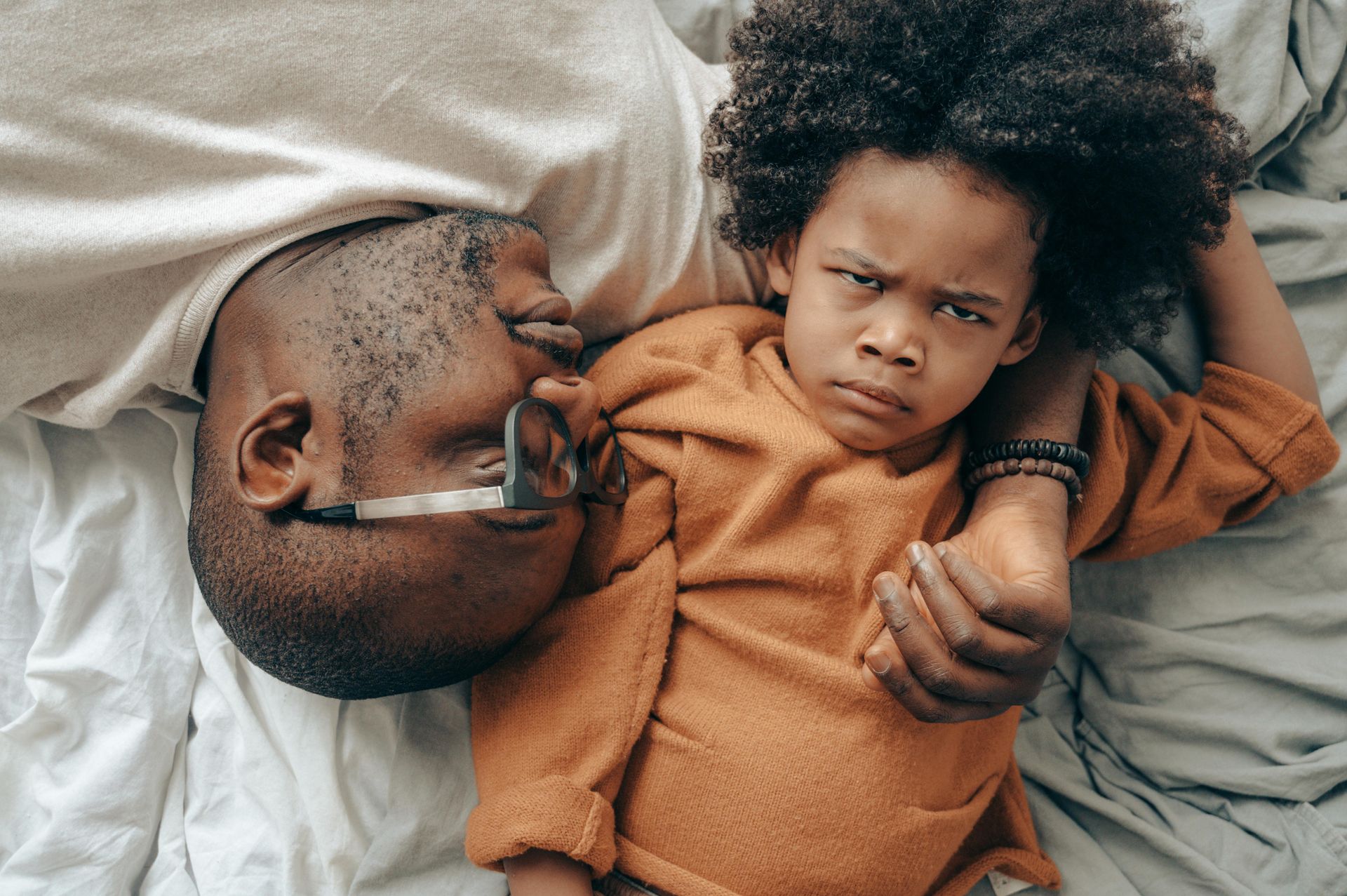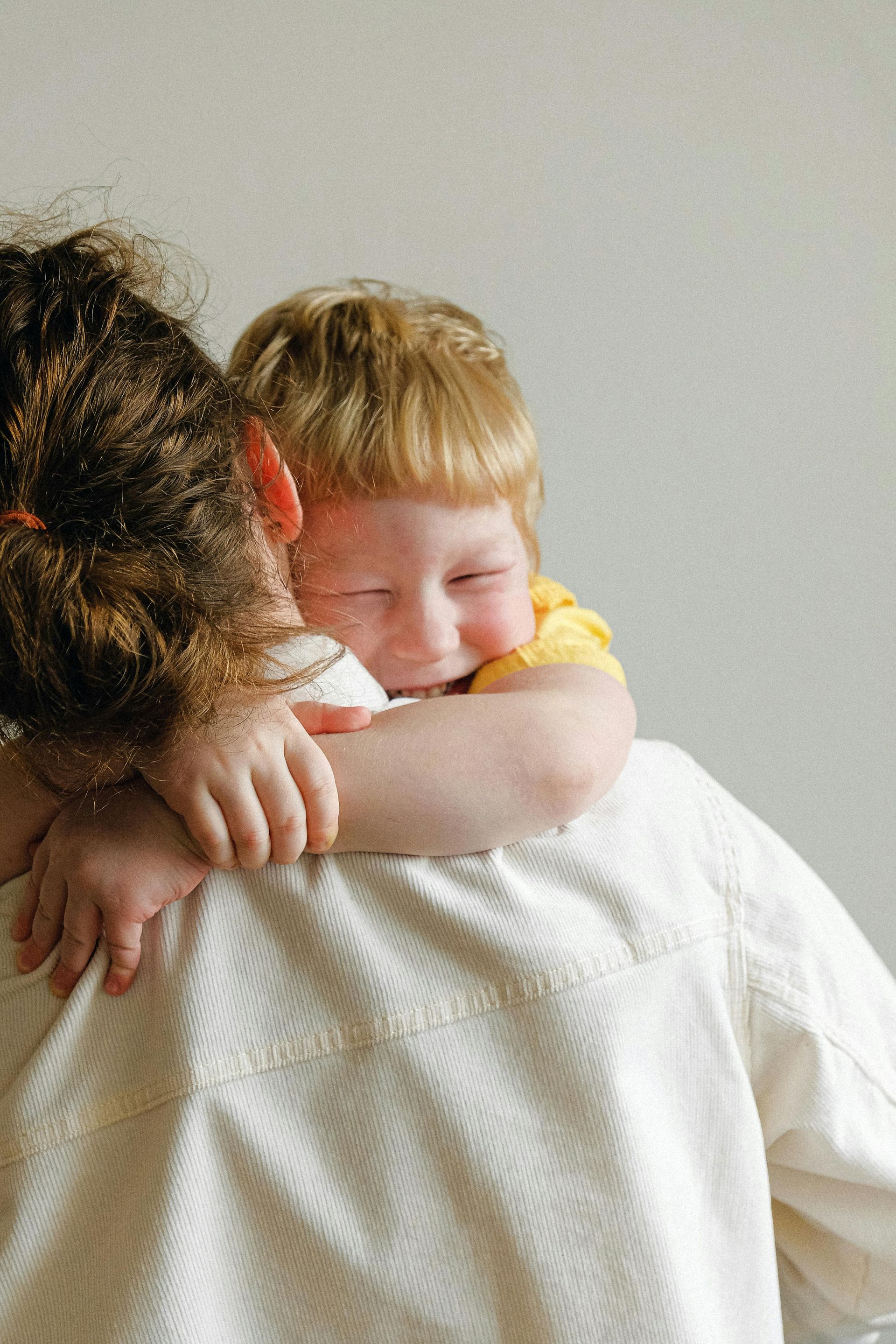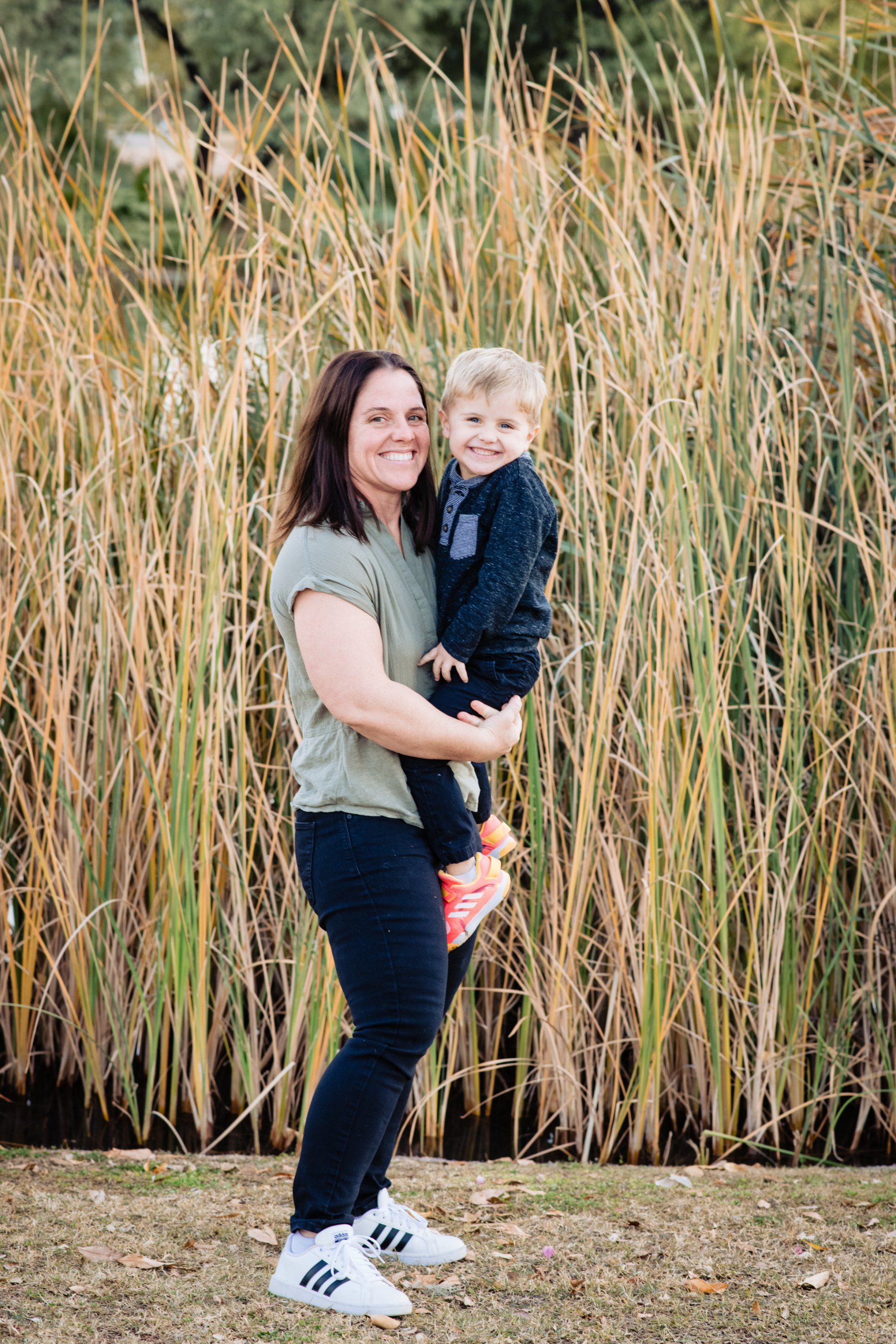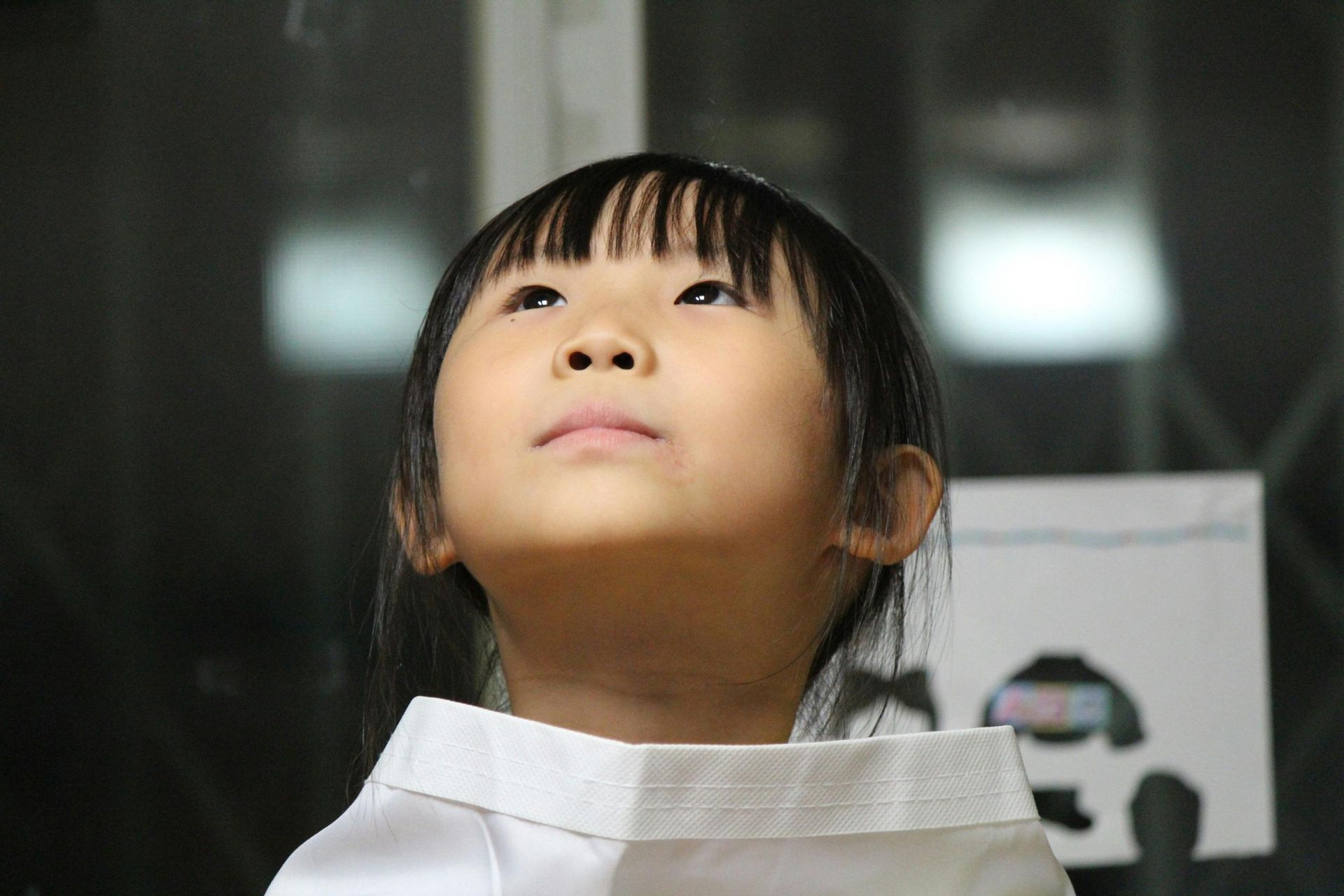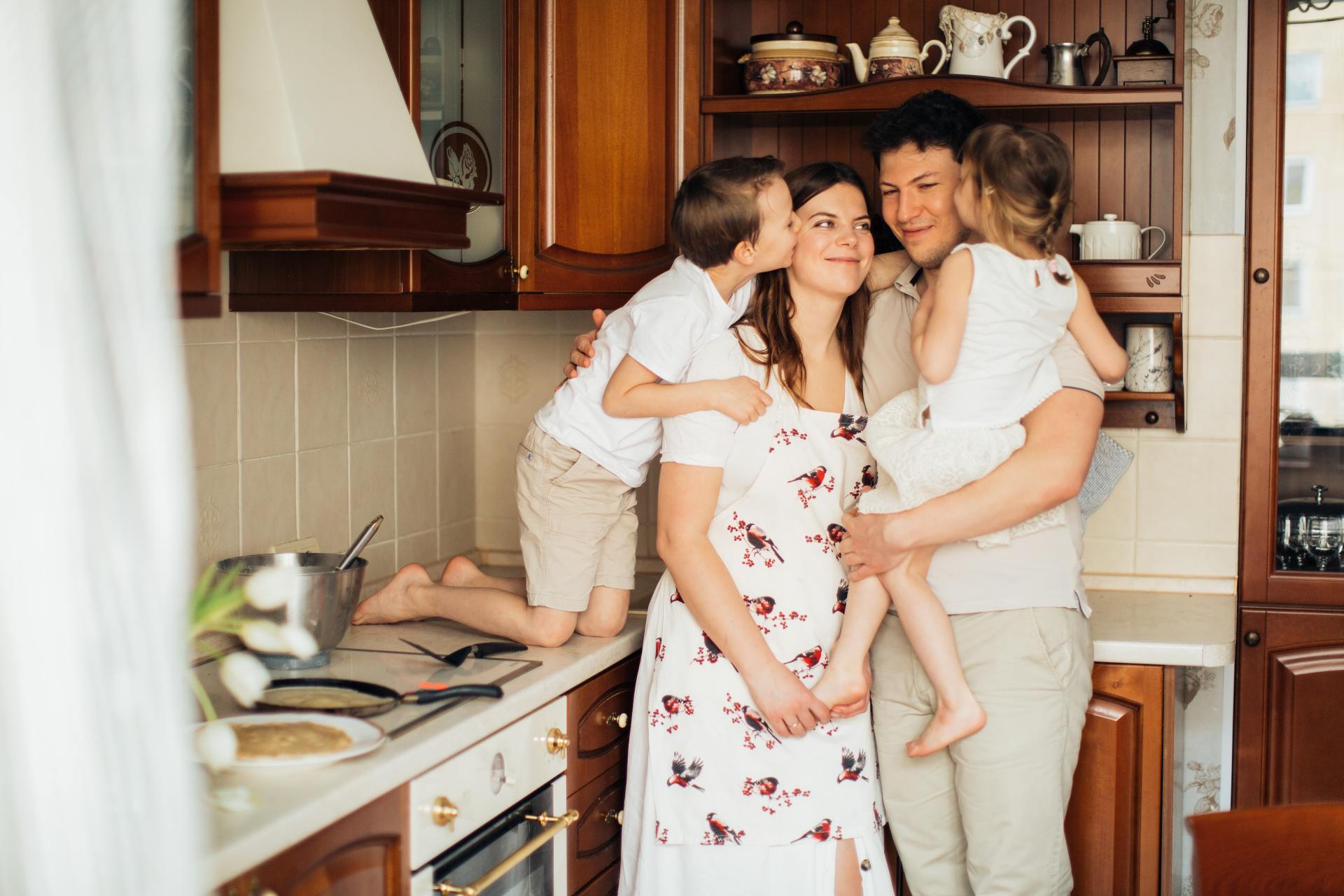THE POWER OF REFLECTIVE LISTENING
Listening to Understand, Not to Correct

As a foundation into true discipline, we need to know how to talk to our child, or better put, we need to know how to listen to our child. When we can really listen, we can talk, and when we talk our child will know how to listen.
Reflective listening is not only a parenting tool; it is the foundation for how children learn to listen themselves. When we model curiosity, openness, and calm attention, our child learns through us what it feels like to be heard and what it looks like to listen. When we stay present without fear, when we do not rush to correct or fix, we show our child that emotions are safe to feel and relationships are safe to trust. This is how children learn to listen. They learn by being listened to.
When we listen without needing to fix, we teach them that listening does not require solving. When we stay curious rather than defensive, we teach them that curiosity is stronger than fear. When we can hear them, they learn how to hear us. And once they can hear us, we can actually teach them.
Reflective listening is not only for moments of frustration or struggle. It is a way of being with our child in all moments. Whether our child is sharing something exciting, telling a long and winding story, asking a question, or expressing a strong emotion, reflective listening allows us to stay connected and attuned. It means we pause before correcting, clarifying, or redirecting, and instead reflect back what we hear and see. This creates safety, builds trust, and teaches our child that their voice matters.
Reflective listening is the practice of slowing down, pausing our impulse to explain or fix, and mirroring back what our child is expressing. It is one of the most powerful tools in authoritative parenting, fostering both emotional safety and a foundation of mutual respect.
Listening to Understand, Not to Correct
Authoritative parenting balances warmth with guidance. It honors both the parent’s leadership and the child’s emotional world. Reflective listening sits right at this balance point. When we listen with curiosity rather than correction, we communicate that our child’s inner world matters.
For example, when a child says, “I can’t do it,” our first impulse might be to correct or reassure.
Correction sounds like: “Of course you can. You just have to try harder.”
A reflective response might sound like, “You don’t feel like you can do it,” or, “It feels really hard right now.” You can also add gentle curiosity to deepen connection and help your child feel understood by saying, “What feels hardest about it right now?”
When a child says, “No one played with me today.”
Correction sounds like, “That’s not true, you played with Ella this morning,” or, “I’m sure someone did, maybe you just did not notice.”
The reflective parent instead might say, “You felt like no one wanted to play with you today. That must have felt lonely.”
When a child says, “I hate when you make me go to bed.”
Correction sounds like, “You need your rest so you are not grumpy tomorrow.”
Reflection sounds like, “You really do not want to go to bed right now. You wish you could stay up longer.”
And reflective listening is just as powerful when a child is sharing something joyful or imaginative. If a child bursts in saying, “I made the tallest tower ever!”
Correction sounds like, “Be careful, it might fall.”
Reflection sounds like, “You made such a tall tower. You look proud of it.”
Each reflective response includes a small piece of what the child said and mirrors the feeling or energy behind it. This approach works not just for sadness, anger, or frustration but also for excitement, curiosity, and storytelling. It helps the child feel seen and understood, no matter what they are communicating. Over time, a child who is consistently met with reflective listening learns to express themselves with confidence and to listen with empathy in return.
Emotional Validation Strengthens Trust
When a child feels understood, the nervous system relaxes. This is a foundational truth in attachment and neuroscience. Reflective listening activates a sense of safety, signaling to the child’s brain that the parent is not a threat or a source of pressure, but a safe base. From that state of safety, higher-level thinking becomes accessible again.
A child might say, “My tower fell again.”
Correction might sound like, “That is what happens when you build it too tall,” or, “Next time you should use the big blocks at the bottom.”
A reflective response instead sounds like, “Oh yeah, your tower fell again. Hmmmmm.” The parent matches the child’s energy but stays rooted in curiosity rather than disappointment, showing interest in the child’s experience without pity or frustration.
Reflective statements are not meant to solve the problem, but to attune. Over time, a child who consistently experiences this kind of attunement begins to trust that feelings and ideas will be met with care, not dismissal. This trust is the cornerstone of an authoritative home environment, one where limits exist, but connection always leads.
Emotional validation does not mean the parent agrees with everything the child says or does. It simply means acknowledging the experience as real to the child. When a child feels heard, the child becomes more receptive to guidance. Instead of resistance, there is cooperation. Instead of defensiveness, there is openness.
Translating Emotion Beneath the Words
Reflective listening also invites us to look beneath the literal words a child uses. Young children often express themselves in extremes because they are still learning the language of emotion. What sounds dramatic or unreasonable is often a simple need for empathy.
For instance, when a child cries out, “This is the worst day ever!”
A correcting parent might say, “It is not that bad, stop being dramatic,” or, “You are fine, nothing terrible happened.”
The reflective parent instead might say, “It feels like everything is going wrong today.”
Sometimes reflective listening requires translation. A child who spent the entire day playing happily at the beach might say, “This is the worst day ever!” simply because there was no ice cream on the way home. If we take that statement personally, we may feel defensive and respond with correction. “Worst day? After all we did for you today? I took you to the beach, bought you sand toys, played for hours with you in the waves. This is not the worst day.” But a parent who listens beneath the surface understands that “worst day ever” is not a literal evaluation. It is a child’s way of saying, “I am disappointed that I did not get what I was hoping for.” A reflective response might sound like, “Sounds like you are pretty disappointed we are not stopping for ice cream. It can be hard when we have our taste buds set on something and do not get it.”
When we listen this way, we are not just reflecting words. We are reflecting meaning. We are showing our child that we can hold space for disappointment, excitement, curiosity, or imagination without judgment or correction.
Reflective Listening with Young Children
For very young children, especially under the age of four, reflective listening can take on a playful and imaginative form. Their language and thought processes are still developing, and their stories often wander like dreams. In these moments, the parent’s role is not to interpret or correct but to mirror the child’s wonder and rhythm of expression.
Imagine a three-year-old sharing a story that tumbles out in excitement and makes little sense: “And then the birdie was flying in the kitchen and the cookie was on the swing and it fell in the water and the fish ate it and then the clouds swallowed up the marshmallows.”
Correction in this case might sound like, “Birds cannot fly in the kitchen,” or, “Cookies do not go on swings.”
The reflective parent instead repeats the final part back to show that they are listening. If they are unsure whether they heard correctly, they might say it as a question: “The clouds swallowed up the marshmallows?” If they are certain they heard it clearly, they can say it as a statement: “Oh wow, the clouds swallowed up the marshmallows.” This simple repetition helps the child feel deeply seen. It supports language development, reinforces narrative memory, and shows the child that thoughts, even the nonsensical ones, matter. For toddlers and preschoolers, this type of mirroring is an early form of empathy-building and lays the groundwork for later emotional communication.
Modeling Calm and Encouraging Reflection
Reflective listening is not only a tool for the child; it also shapes us as parents. It requires us to regulate ourselves first. When we resist the urge to correct or instruct, we model calm presence. Our tone, posture, and pacing teach the child what emotional regulation looks like in real time.
That single act of reflection communicates empathy, composure, and acceptance. It tells the child, “I am here. I am steady. You are not alone with this feeling.” Over time, this practice strengthens both sides of the relationship. The parent learns to lead with grounded awareness, and the child learns that big emotions and creative expressions do not have to be feared or hidden.
And this is where the real teaching happens. When we listen, we are teaching. When we stay open, our child learns openness. When we stay curious, our child learns curiosity. When we can hear them, they can hear us. Once they can hear us, we can actually guide them, teach them, and lead them. Listening first creates the space where true learning and connection take root.
Reflecting Creates Safety and Connection
A child who feels emotionally safe communicates more openly. When we reflect instead of correct, we give the child permission to explore the inner landscape of emotion, thought, and imagination. This does not mean abandoning structure or guidance; rather, it means sequencing the approach with connection first and correction later if needed.
When the child’s experience is acknowledged, the parent can gently guide problem-solving once regulation returns. For example, “It was hard when your tower fell. You worked so hard on that. Do you want to rebuild it together or take a break first?” In this way, reflection becomes the bridge between empathy and empowerment. It meets the child where they are and then invites them forward.
Remember This Shift
When we model reflective listening, we are not just supporting emotional growth in our child; we are teaching them how to listen to others. They learn through our example that listening is not about waiting for a turn to speak. Listening is not about being right, getting your way, or avoiding someone else’s emotions.
When we show our child that sharing is not scary, we open the door to understanding, conversation, collaboration, problem solving, and connection. Sharing becomes a safe and meaningful exchange, not a test of who is right or who wins. It becomes the space where two people learn from each other.
Reflective listening helps our child see that every person has a story behind their words and a feeling behind their actions. When a child learns to listen in this way, they learn compassion. They learn patience. They learn how to communicate without fear. This is the foundation of empathy, healthy relationships, and emotional intelligence.
When we listen this way, we are not only building connection with our child; we are shaping the way they will relate to the world. Through our example, they grow into kind, thoughtful, and emotionally grounded people who know how to listen deeply, respond gently, and stay connected even in moments of disagreement or challenge.
Listening becomes the bridge between two hearts, turning understanding into love.
Reflection Questions
- When my child expresses something, whether a feeling, a story, or an idea, what is my first instinct: to listen or to correct?
- How does my child’s tone, posture, or energy shift when I reflect instead of explain?
- What emotions come up in me when I resist the urge to fix or teach right away?
- How might I model curiosity and openness in moments of frustration or confusion?
- What would change in our relationship if I consistently chose to understand before guiding?


